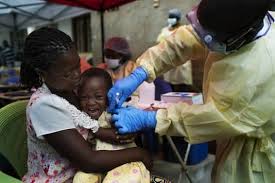

Ricky Scaparo – April 8, 2021
(ETH) – What is being deemed as a deadly “rabies-like” disease has just been discovered by Medics in South Australia where at least two cases of Australian Bat Lyssavirus (ABL) have been identified.
The report reveals that the potentially killer virus can be transmitted from bats to humans through means of bites and scratches. Both ABL and rabies belong to the same group of viruses called Lyssavirus, which attacks the nervous system. One Doctor, Louise Flood from the Department for Health and Wellbeing’s Communicable Disease Control Branch, has warned that if symptoms are left untreated they could be “invariably fatal”.
She said: “ABL is a rabies-like disease that can be transmitted to humans if they are bitten or scratched by an infected bat and if treatment is delayed until after the onset of symptoms, the condition is invariably fatal.” she goes on to warn that although only one percent of bats carry this disease, the rise in these cases is becoming “concerning”.
She went on to say “While only one percent of bats usually carry ABL, these two recent exposures are concerning and is an important reminder that bats should only ever be handled by appropriately trained and vaccinated animal handlers.
“While the development of ABL from bat bites or scratches can be prevented through prompt wound management and post-exposure prophylaxis, it is important to avoid contact in the first place.” Another warning was issued regarding pets by Dr. Mary Carr from the Department of Primary Industries, urging Australians to take them to the vets if they have been attacked by a bat.
She said: “If you suspect your animal has been either bitten or scratched by a bat please contact your local vet or the Emergency Animal Disease hotline.” The report indicates that early signs of this virus in humans include flu-like symptoms, such as headaches, fever, and weakness.









